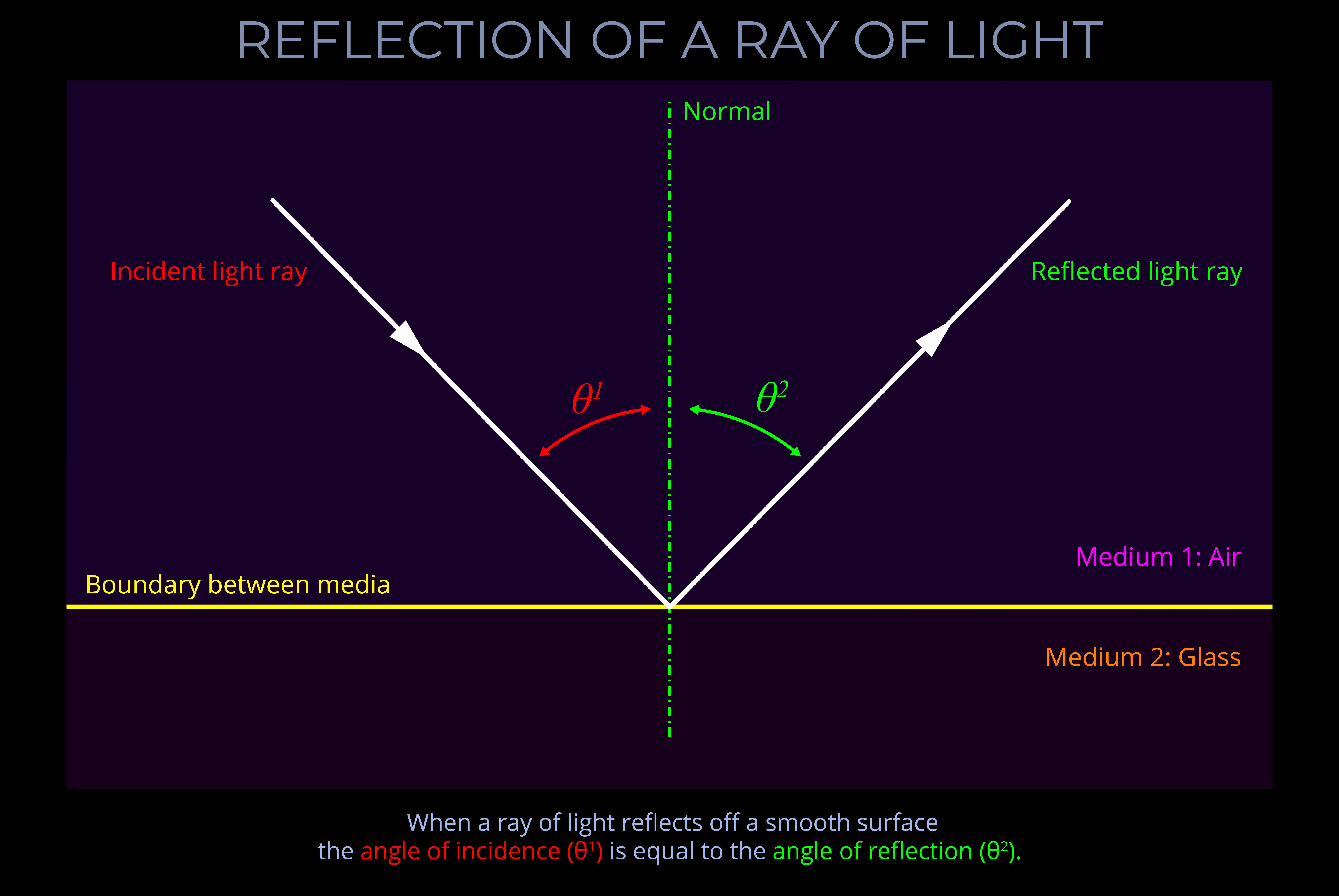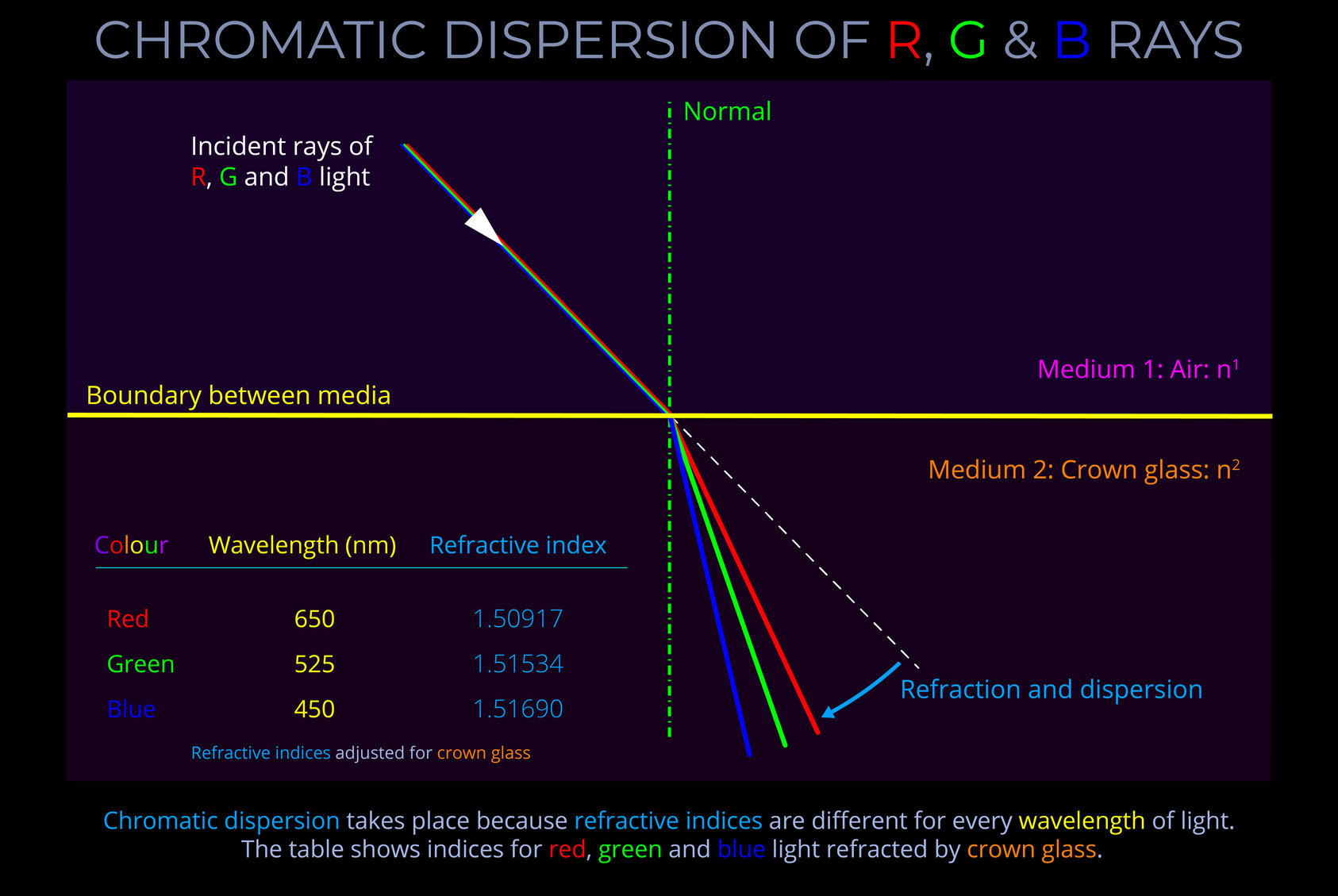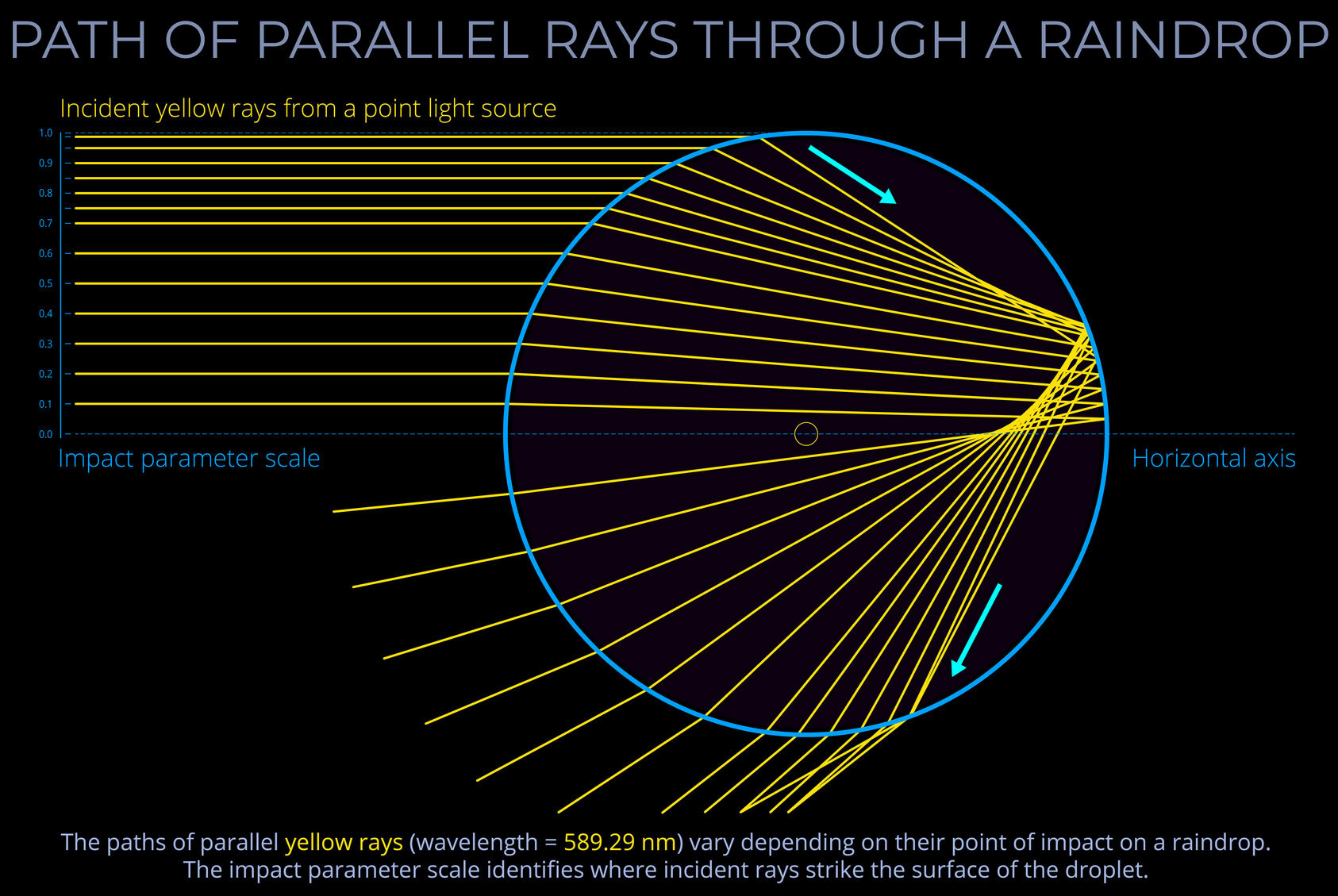A light ray in a diagram is used to show how light moves and changes when it passes through space and different media.
- Geometric optics uses the concept that light is made up of rays to explain how it behaves as it encounters different materials and media.
- Imagine a flashlight beam cutting through the night. A light ray in a diagram is a simplified version of that beam, helping us visualize how light travels and changes when it interacts with different media.
- Light rays are not tangible, they are a theoretical idea used to create a simplified explanation of light.
- More precise descriptions of light’s characteristics use terms like photons or waves.
- A light ray is a graphical depiction of a slender light beam moving through either a vacuum or a medium.
- The closest equivalent to a light ray in real life is a narrow, concentrated light beam generated by a laser.
- Ray diagrams use straight lines and arrows to demonstrate how light travels through space and transparent media.



